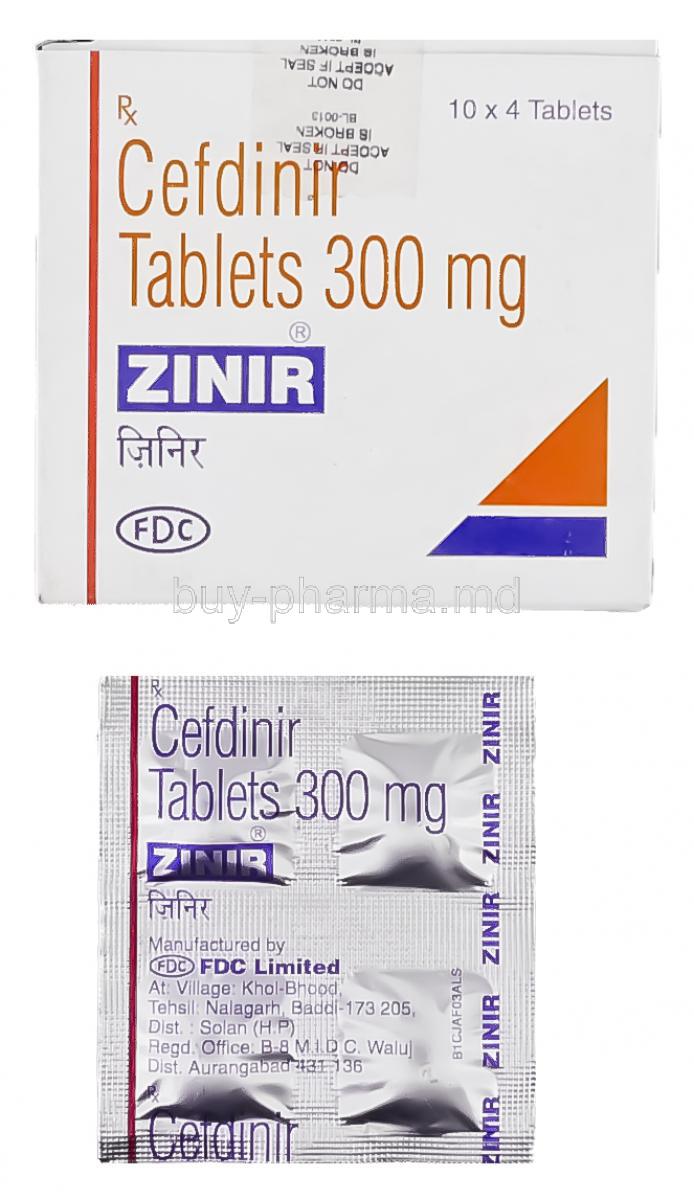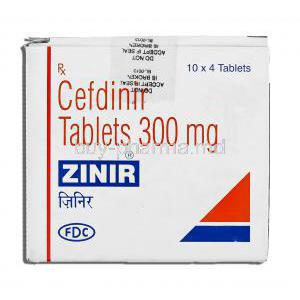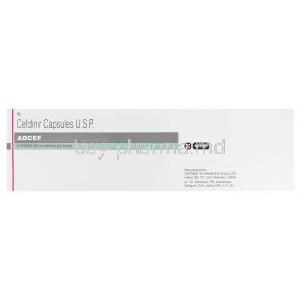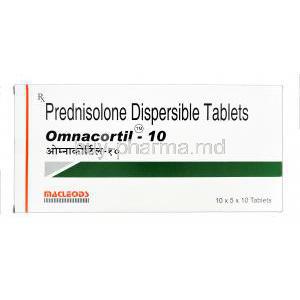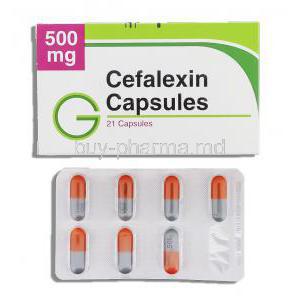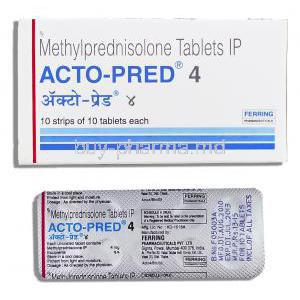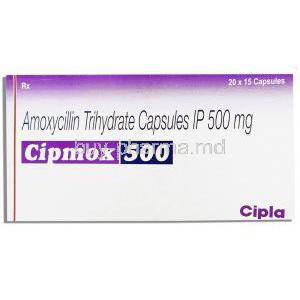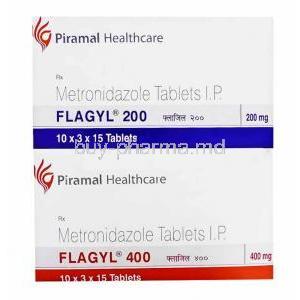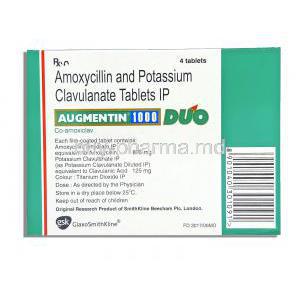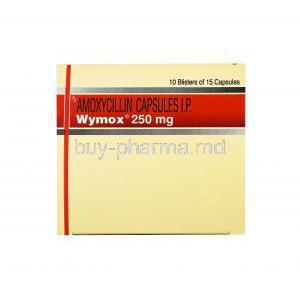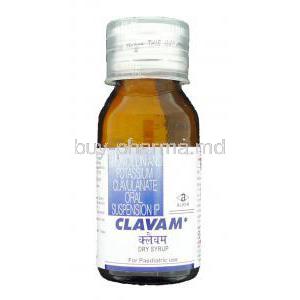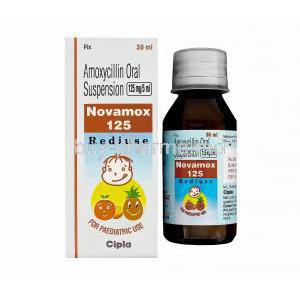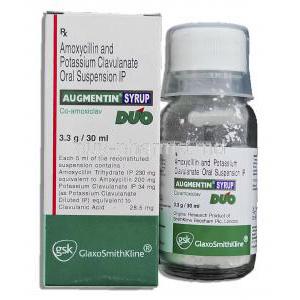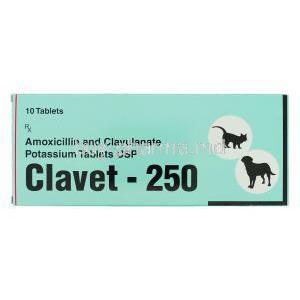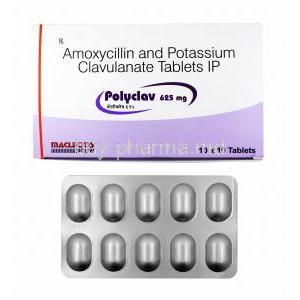Cefdinir
- I. Introduction to Cefdinir
- Uses of Cefdinir
- Off-label Uses of Cefdinir
- IV. Mechanism: How Cefdinir Works
- V. Composition and Forms of Cefdinir
- VI. Dosage and Administration
- VII. Interaction of Cefdinir with Other Drugs
- VIII. Possible Side Effects of Cefdinir
- IX. Precautions and Warnings
- X. Specific Administration Considerations
- XI. Overdose: Signs, Risks, and Treatment
- XII. Storage and Handling Precautions
- XIII. Careful Administration of Cefdinir
- XIV. Key Takeaways and Conclusions
I. Introduction to Cefdinir
Overview and Brief History
Cefdinir, known as Omnicef, is an antibiotic that falls under cephalosporins. It was introduced in the 1990s to address a variety of bacterial infections. The development of Cefdinir represented a breakthrough in medical science as it can effectively combat antibiotic-resistant strains, providing a powerful treatment option during this period of increasing antibiotic resistance.
Class of Medication
Cefdinir falls under the category of third-generation cephalosporins, which are known for their ability to combat a range of both Gram-positive and Gram-negative bacteria. These medications are effective due to their increased stability against beta-lactamase enzymes, ensuring their efficacy in clinical situations. Cefdinirs' pharmacological properties make it a preferred choice as it demonstrates action against numerous harmful bacterial strains, its ability to penetrate tissues effectively, and its reduced vulnerability to beta-lactamases. Additionally, it offers coverage against various bacterial pathogens.

FDA Approval and Current Status
The FDA approved Cefdinir in December 1997. Since then, it has become an essential medication in the medical field. It is commonly used to treat conditions like community-acquired pneumonia, acute exacerbation of bronchitis, acute maxillary sinusitis, pharyngitis/tonsillitis, and uncomplicated skin and skin structure infections. Cefdinir is highly regarded among healthcare professionals and patients for its reliability and effectiveness. It is available in the market as capsules and oral suspensions providing flexibility to cater to patient requirements.
Uses of Cefdinir
Primary Indications
Cefdinir is prescribed for various bacterial infections. It mainly treats tract infections like pneumonia, bronchitis, and sinusitis. Additionally, cefdinir addresses skin and soft tissue infections such as cellulitis and impetigo.
References:
Cefdinir: Uses, Side Effects, Interactions, Pictures, Warnings & Dosing
Cefdinir: MedlinePlus Drug Information
Cefdinir: a review of its use in the management of mild-to-moderate bacterial infections
Other Recognized Uses
Cefdinir is a cephalosporin antibiotic used to treat bacterial infections such as urinary tract infections, ear infections, and tonsillitis1. It has also been effective in treating sexually transmitted diseases like gonorrhea1.
Here are some references that you can check out for more information about Cefdinir:
Application in Bacterial Infections
Cefdinir is a cephalosporin antibiotic that functions by impeding the growth of bacteria. Its mechanism involves disrupting the synthesis of the cell wall resulting in a weakened wall and subsequent bacteria death. Cefdinir is known to combat various bacteria strains, including Streptococcus pneumoniae, Haemophilus influenza, and Moraxella catarrhalis12.
Here are some references that you can check out for more information about Cefdinir:
Treatment Duration and Effectiveness
The length of time that Cefdinir is prescribed depends on the type and seriousness of the infection being addressed. Typically treatment lasts between 7 to 10 days12. Cefdinir is generally well tolerated and has proven successful in treating bacterial infections13.
Here are some references that you can check out for more information about Cefdinir:
Off-label Uses of Cefdinir
Exploration of Unapproved Applications
Cefdinir is an antibiotic commonly prescribed for infections like pneumonia, bronchitis, and sinusitis12. It has also been occasionally used to treat infections such as urinary tract infections, ear infections, and tonsillitis13.
Here are some references that you can check out for more information about Cefdinir:
Research Supporting Off-label Use
Some research suggests that Cefdinir can be used off-label. For instance, a study in the Journal of Antimicrobial Chemotherapy showed that Cefdinir successfully treated otitis media in children1. Another study published in the Journal of Clinical Microbiology also found that Cefdinir effectively treated community-acquired pneumonia2.
Here are some references that you can check out for more information about Cefdinir:
Potential Risks and Benefits
Although some research supports using Cefdinir for purposes other than its approved indications, it’s worth noting that the FDA has not officially endorsed this off-label use. Consequently, there could be risks associated with utilizing Cefdinir in this manner. One possible chance is that the medication may not effectively address the condition for which it is employed. This might result in a delay in receiving treatment and potentially lead to severe complications. However, there are also advantages to consider when using Cefdinir off-label. For instance, it may prove effective in treating conditions that are challenging to manage with antibiotics. It is crucial to discuss with your healthcare provider about the potential risks and benefits before commencing any off-label treatment involving Cefdinir.
Here are some references that you can check out for more information about Cefdinir:
IV. Mechanism: How Cefdinir Works
Action Against Bacterial Cells
Cefdinir, similar to cephalosporins, works by killing bacteria. It does this by disrupting the synthesis of the cell wall. This disruption occurs because Cefdinir binds to proteins (PBPs) responsible for the final step in building the cell wall. As a result, the cell wall becomes weaker, leading to instability and ultimately causing the bacteria to burst and die.
Influence on Bacterial Resistance
Cefdinir is a tool in combating bacterial resistance due to its wide-ranging antibacterial properties and ability to withstand beta-lactamase enzymes. While resistance to Cefdinir is not widespread certain bacterial species that employ mechanisms like efflux pumps or modified PBPs may exhibit some resilience. Nevertheless, we can effectively reduce the emergence and spread of resistance by using Cefdinir. It is essential to consider factors such as the dosage and duration of therapy, local resistance patterns, and educating patients on the proper use of antibiotics.
Factors Impacting Efficacy
Although Cefdinir is known to be highly effective, its effectiveness can be influenced by factors. These factors include the amount of bacteria present, the location of the infection, the strength of the host's system, and the presence of biofilms. Additionally, it is crucial to follow the prescribed dosage and duration to maximize Cefdinir's therapeutic benefits.
V. Composition and Forms of Cefdinir
Active Ingredients
Cefdinir, the drug's active component, belongs to the cephalosporin class of synthetic antibiotics. It exhibits antibacterial properties against diverse bacteria, making it a dependable choice for healthcare professionals when addressing different types of infections.

Inactive Components
The medication and cefdinir contain inactive ingredients that are added to improve its stability, absorption, and taste. These ingredients may include microcrystalline cellulose, polyethylene glycol, and titanium dioxide.
Available Dosage Forms (Capsules, Suspension, etc.)
There are two options for taking Cefdinir capsules or a powder that can be mixed with liquid. The tablets usually contain 300 mg of the medication, while the liquid suspension is available in concentrations of either 125 mg/5mL or 250 mg/5mL after it is prepared. Having these different forms allows for flexibility to suit patient requirements and preferences.
VI. Dosage and Administration
Standard Dosage Guidelines
The recommended amount of medication for adults and individuals aged 13 years or older with community-acquired pneumonia, acute exacerbations of bronchitis, or skin infections is 300 mg every 12 hours or 600 mg every 24 hours. This treatment should last for a duration of 5 to 10 days. In the case of children under the age of 13, the appropriate dosage will be determined based on their weight and the specific type of infection they have.
Administration Method
You can choose to take Cefdinir with or without food. However, it's essential not to take iron supplements or antacids that contain magnesium or aluminum within 2 hours of taking Cefdinir because they can interfere with its absorption.
Adjustments for Specific Conditions
Patients with insufficiency need to be given special attention because the clearance of Cefdinir decreases considerably in these individuals. It may be necessary to make adjustments to the dosage to prevent the build-up of the drug and any related adverse effects.
Administration in Special Populations
It is important to monitor elderly patients and individuals with pre-existing conditions to identify adverse reactions. Pregnant and breastfeeding women should only use Cefdinir if necessary and should do so under the supervision of a healthcare professional.
VII. Interaction of Cefdinir with Other Drugs
Common Drug Interactions
Some medications can have an impact on the effectiveness of Cefdinir. Increase the chances of experiencing side effects. For example, Probenecid can raise the levels of Cefdinir in the bloodstream by reducing its elimination through the kidneys, which may result in a risk of adverse reactions. Moreover, taking antacids or iron supplements can reduce how well Cefdinir is absorbed by the body, leading to decreased benefits. Therefore it is essential to manage these interactions to make sure that the drug's potential for treating conditions is maximized.
Dietary Interactions
In some cases, what you eat doesn't affect how well Cefdinir gets absorbed into your body. You can take it with or without food. However, if you have foods or supplements high in iron while taking Cefdinir, it might make it harder for your body to absorb the medicine properly. This could reduce its effectiveness. So it's best to wait at least two hours between taking Cefdinir and consuming anything with iron.
Interactions with Over-the-counter Medicines and Supplements
Cefdinir may interact with over-the-counter (OTC) drugs and dietary supplements. It's important to note that multivitamins and mineral supplements containing iron well, as antacids and laxatives containing magnesium or aluminum, could potentially affect the absorption of Cefdinir. Its recommended that patients are informed about these interactions before starting Cefdinir therapy.
VIII. Possible Side Effects of Cefdinir
Common Side Effects
Patients generally have a tolerance for Cefdinir. However, like with any medication, some side effects may be associated with Cefdinir, such as mild diarrhea, nausea, headaches, or abdominal pain. Typically these side effects are temporary. Go away once the treatment is finished.
Serious Side Effects and Signs of Allergic Reaction
Severe adverse reactions from taking Cefdinir are uncommon. They might manifest as intense diarrhea caused by Clostridium difficile a yeast infection, in the vaginal area or an allergic response marked by a rash, itching, swelling, severe dizziness, or difficulty breathing. If any of these symptoms arise, patients must seek assistance promptly.
Long-term Side Effects
Long-term consequences of using Cefdinir are not very common. Nevertheless, suppose you use it for a period. In that case, there is a possibility of increasing the chances of getting another infection or the growth of bacteria that are resistant to the drug. That's why using Cefdinir according to the prescribed duration is essential to reduce these risks.
IX. Precautions and Warnings
Contraindications for Use
Cefdinir should not be used in patients who're allergic to it or any other cephalosporin antibiotics. Additionally, it is important to be cautious when prescribing it to patients, with a history of colitis, renal problems, or malnourishment.
Cautions for Specific Populations
Pregnant and breastfeeding women, the elderly, and individuals with impairment should only take Cefdinir under careful medical guidance. It is essential to consider the advantages of treatment in these patients while assessing any risks.
Important Safety Precautions
Patients undergoing treatment with Cefdinir should be informed of the importance of finishing the course of the antibiotic to prevent the emergence of bacteria that are resistant to the drug. It is also essential to advise them to report any indications of an allergic reaction, such as a rash, itching, or difficulty breathing. Additionally, regular monitoring of kidney function may be required for patients with impairment or older individuals.
X. Specific Administration Considerations
Elderly Patients
Elderly individuals, those with kidney problems may require dosage modifications to avoid the potential buildup of Cefdinir and its associated adverse effects. Keeping a watch on renal function and making appropriate adjustments to the dosage can significantly minimize the chances of experiencing unwanted drug reactions, in this specific group of patients.
Pregnant Women and Nursing Mothers
While no evidence indicates any harm to human fetuses, it is advisable to be cautious when giving Cefdinir to pregnant women. Cefdinir should only be used during pregnancy if necessary and if the advantages outweigh any risks. Likewise, breastfeeding mothers should exercise caution when using Cefdinir since it is uncertain whether the medication passes into breast milk.
Pediatric Administration
Cefdinir has been given the light for children aged six months and older. When prescribing, the amount of pediatric dosing considers the child's weight and the seriousness of the infection. It is essential to measure the dosage with precision to prevent giving little, which could result in treatment impractical or too much, leading to unwanted reactions.
XI. Overdose: Signs, Risks, and Treatment
Identification of Overdose Symptoms
Taking an amount of Cefdinir may result in experiencing unpleasant symptoms like feeling nauseous, vomiting, or diarrhea. In severe instances, it could even lead to seizures or problems with the kidneys. If you notice any of these symptoms, seeking medical assistance is crucial.
Immediate Steps to Take
If you suspect an overdose, it is crucial to seek medical help. While waiting for assistance, make sure the person affected is comfortable and can breathe easily. It is essential not to induce vomiting unless instructed by a healthcare professional.
Long-term Consequences and Treatment
Taking amounts of the drug can have serious consequences, such as a higher likelihood of seizures, imbalances in electrolyte levels due to prolonged episodes of vomiting or diarrhea, and potential kidney harm. The primary approach to managing an overdose is providing care, which includes ensuring adequate hydration to prevent dehydration and maintaining the proper balance of electrolytes. In some cases, it may be necessary to resort to dialysis to eliminate the drug from the body.
XII. Storage and Handling Precautions
Ideal Storage Conditions
It is essential to store Cefdinir at room temperature from light and moisture. Avoid storing the medication in the bathroom, as the humid environment may affect its quality. The capsule and suspension forms should be kept in a sealed container to protect them from exposure to air.
Shelf Life and Expiry
Like medicines, Cefdinir has a designated period of effectiveness and should not be used after its expiration date. If you have prepared the suspension, it can be kept at room temperature for a maximum of ten days. After that, any remaining portion should be disposed of.
Safe Disposal Practices
It is essential to avoid flushing or pouring unused or expired Cefdinir down the toilet or drains. Instead, it should be disposed of correctly by following regulations or utilizing a take-back program. This proper disposal method helps protect the environment and prevents the exposure of others to the medication.
XIII. Careful Administration of Cefdinir
Steps for Precise Administration
When using Cefdinir, handling it with care is essential to ensure its effectiveness. You can take it with or without food. Remember that iron-containing products may reduce their absorption. It's best to take these, making sure there is a gap of at least 2 hours between them. If you have the suspension form of Cefdinir, be sure to shake it before each use so that it mixes evenly. Don't forget to use a special dose-measuring spoon or medicine cup for accurate dosing.
Ensuring Patient Compliance
Ensuring that patients comply with the treatment plan is crucial for the effectiveness of Cefdinir. Healthcare professionals should offer guidance and emphasize the significance of completing the entire treatment, even if symptoms improve before completion, to avoid the development of drug-resistant bacteria. The use of aids, reminders, or medication calendars can help promote adherence to the therapy.
Tracking and Managing Side Effects
It's essential to watch for any side effects while taking Cefdinir. If patients notice any impact, they should inform their healthcare provider immediately. In some cases, mild side effects, like slight diarrhea or nausea, can be managed with reassurance and simple treatments. However, if the side effects are severe or long-lasting, it might be necessary to stop taking the medication or adjust the dosage.
XIV. Key Takeaways and Conclusions
Recap of Cefdinir's Uses and Benefits
Cefdinir is an antibiotic that works effectively against various infections, such as pneumonia, bronchitis, sinusitis, and skin infections. It is widely preferred due to its effectiveness, manageable tolerability, and the convenience of taking it once or twice daily for different conditions.
Weighing the Risks: Side Effects and Warnings
Although Cefdinir is usually well tolerated, it can have side effects. These can range from symptoms such as mild diarrhea and nausea to more severe reactions, like severe allergies. Awareness of these side effects and managing them promptly can significantly enhance the treatment process. Ensure better outcomes.
Importance of Adherence to Dosage and Administration Guidelines
It is crucial to follow Cefdinir's recommended dosage and administration instructions to ensure its effectiveness. If the treatment is incomplete or inconsistent, it can result in treatment failure and the development of drug bacteria. Therefore it is essential to counsel patients on the significance of adhering to the prescribed regimen.
Cefdinir FAQ
- Cefdinir side effects
- Cefdinir 300 mg
- Cefdinir UTI
- Cefdinir for UTI
- Cefdinir used for
- Cefdinir generation
- Cefdinir antibiotic
- Cefdinir for ear infection
- Cefdinir dosage
- Cefdinir dose
- Cefdinir for strep
- What is Cefdinir
- Cefdinir for strep throat
- What not to take with Cefdinir
- Cefdinir and alcohol
- Cefdinir sinus infection
- Cefdinir interactions
- Cefdinir pediatric dosing
- Cefdinir dosing pediatrics
- Cefdinir warnings
- Cefdinir strep
- Cefdinir generic
- Cefdinir rash
- Cefdinir allergic reaction
- Cefdinir drug class
- Cefdinir dosage by weight
- Cefdinir for pneumonia
- Cefdinir vs Amoxicillin
- Cefdinir side effects in elderly
- Cefdinir pneumonia
- Cefdinir UTI dose
- Cefdinir other names
- Cefdinir class
- Cefdinir oral suspension
- Cefdinir for oral suspension
- Cefdinir rash pictures
- Cefdinir diarrhea
- What is Cefdinir 300 mg used for
- Cefdinir for kidney infection
- Cefdinir kidney infection
- Cefdinir red stool
- Cefdinir refrigerated
- Cefdinir capsule
- Cefdinir suspension
- Cefdinir liquid
- Cefdinir pill
- Can Cefdinir treat UTI
- Cefdinir and Tylenol
- Cefdinir pregnancy
- Cefdinir dosing calculator
- Cefdinir coverage
- Will Cefdinir treat strep
- Cefdinir Omnicef
- Cefdinir cost
- Cefdinir for bronchitis
- Cefdinir vs Cephalexin
- Cefdinir and penicillin allergy
- Cefdinir in pregnancy
- Cefdinir penicillin allergy
- Cefdinir cephalosporin generation
- Cefdinir GoodRx
- Cefdinir medicine
- Cefdinir for UTI in adults
- Cefdinir vs Augmentin
- Cephalexin vs Cefdinir
- Cefdinir not working for ear infection
- Cefdinir treats
- Cefdinir reviews
- Cefdinir allergy
- Cefdinir antibiotic class
- Cefdinir poop
- Cefdinir pregnancy category
- What Cefdinir used for
- Cefdinir with alcohol
- Cefdinir used to treat
- Cefdinir and ibuprofen
- Cefdinir stool color
- Cefdinir ear infection dosage
- Cefdinir ingredients
- Cefdinir breastfeeding
- Cefdinir brand
- Cefdinir behavioral side effects
- Cefdinir price
- Cefdinir treat UTI
- Cefdinir and sun exposure
- Cefdinir and birth control
- Cefdinir safe in pregnancy
- Cefdinir while pregnant
- Cefdinir overdose
- Cefdinir interactions with alcohol
- Cefdinir classification
- What is Cefdinir generic for
- Can Cefdinir cause diarrhea
- Can Cefdinir cause yeast infection
- Cefdinir for cellulitis
- Cefdinir for pink eye

